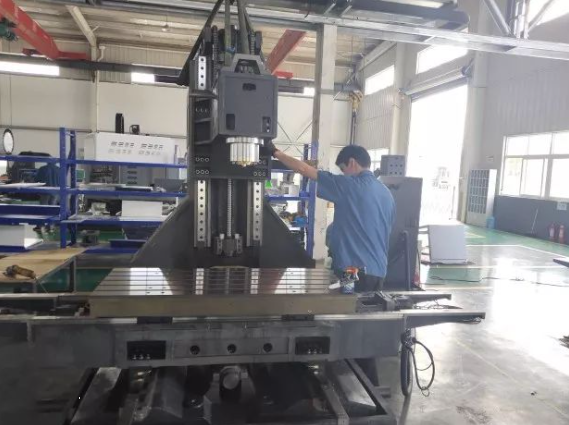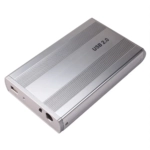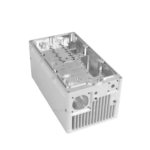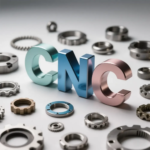Machine tool manufacturers do their best to ensure the accuracy of guide rail installation. Before guide rail processing, the guide rail and working parts were aged to eliminate internal stress. In order to ensure the precision of the guide rail and prolong its service life, scraping is a common processing method.
1. Linear guide rail
The new guide rail system allows the machine tool to achieve rapid feed speed. When the spindle speed is the same, rapid feed is a characteristic of linear guide rails. Linear guides, like plane guides, have two basic components: one is a fixed component that serves as a guide and the other is a moving component. In order to ensure the accuracy of the machine tool, a little scraping on the bed or column is essential. Under normal circumstances, installation is relatively simple. There is no intermediate medium between the moving element and the fixed element of the linear guide, but rolling steel balls. Since rolling steel balls are suitable for high-speed movement, have low friction coefficients and high sensitivity, they can meet the working requirements of moving parts, such as tool carriers and machine carts -tools.
If the working time is too long, the steel ball begins to wear out and the preload acting on the steel ball begins to weaken, resulting in a reduction in the movement accuracy of the working parts of the machine tool. If you want to maintain the original accuracy, you need to replace the guide rail bracket or even replace the guide rail. Whether the guide rail system has a preload effect. The accuracy of the system has been lost and the only recourse is to replace the rolling elements.
2. Linear roller guide
Linear roller guide system is a combination of planar guide rails and linear roller guide rails. The rollers are installed on parallel guide rails, and rollers are used instead of steel balls to carry the moving parts of the machine tool. The advantages are a large contact surface, high load capacity and high sensitivity. Viewed from the rear of the machine bed, the support and rollers are placed on the top and side surfaces of the flat guide rails. In order to achieve high precision, a corner plate is placed between the working parts of the machine tool and the interior. surface of the support to allow the preload to act on the side of the support.


The principle of operation of a wedge plate is similar to that of an inclined iron, with the weight of the working part acting on the upper surface of the support. Since the preload acting on the guide rail system is adjustable, the loss of the timing plate is compensated. This feature is widely used in medium or large machine tools because it responds sensitively to CNC commands, can withstand large loads and is. linear. The roller guide system can withstand high-speed operation and improve the performance of the machine tool compared with the traditional plane guide.
3. Inlaid steel guide rails
The most commonly used form of guide rail on machine tools is the steel inlaid guide rail, which has been used for a long time. The steel inlaid guide rails are fixed elements of the guide rail system and have a rectangular cross section. It can be installed horizontally on the machine tool bed, or it can be cast in one piece with the bed, which are respectively called steel inlaid type or integral type. Steel inlay guides are made from hardened and ground steel.
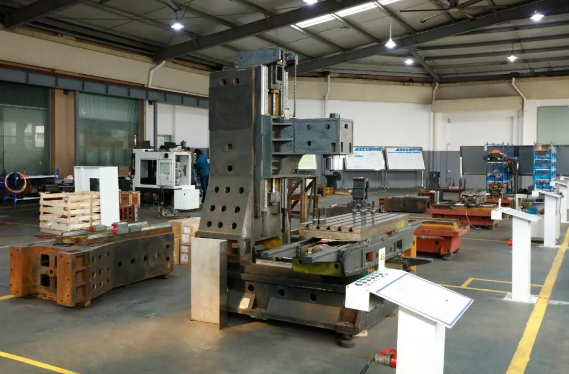

The hardness is above 60 degrees on the Rockwell hardness scale. Use screws or adhesive (epoxy resin) to fix the steel inlaid guide rail to the machine bed or scraped contact surface of the column to ensure the best flatness of the guide rail. In this form, maintenance and replacement are convenient and simple, and it is very popular among maintenance workers.
4. Sliding guide rail
The development of traditional guide rails is first reflected in the form of sliding components and guide rails. The feature of sliding guide rails is the use of supports between the guide rails and the sliding parts. The difference in form lies in the selection of different supports. Hydraulics are widely used in many railway systems.
The hydrostatic guide rail is one of them. Under the action of pressure, hydraulic oil enters the groove of the sliding element, forming an oil film between the guide rail and the sliding element, separating the guide rail and the movable element, thus considerably reducing the friction of the moving element. Hydrostatic guide rails are extremely effective for large loads and compensate for eccentric loads.


Another form of guide rail that uses oil as a medium is the dynamic pressure guide rail. The difference between dynamic pressure guide rail and static pressure guide rail is that oil does not act under pressure. It uses the viscosity of the oil to. avoid friction between the moving element and the guide rail. Direct contact has the advantage of saving the hydraulic oil pump.
Air can also be used as a medium between the moving element and the guide rail. It also has two forms, pneumatic static pressure guide rail and pneumatic dynamic pressure guide rail. The working principle is the same as that of hydraulic guide rail.
Daguang focuses on providing solutions such as precision CNC machining services (3-axis, 4-axis, 5-axis machining), CNC milling, 3D printing and rapid prototyping services.

